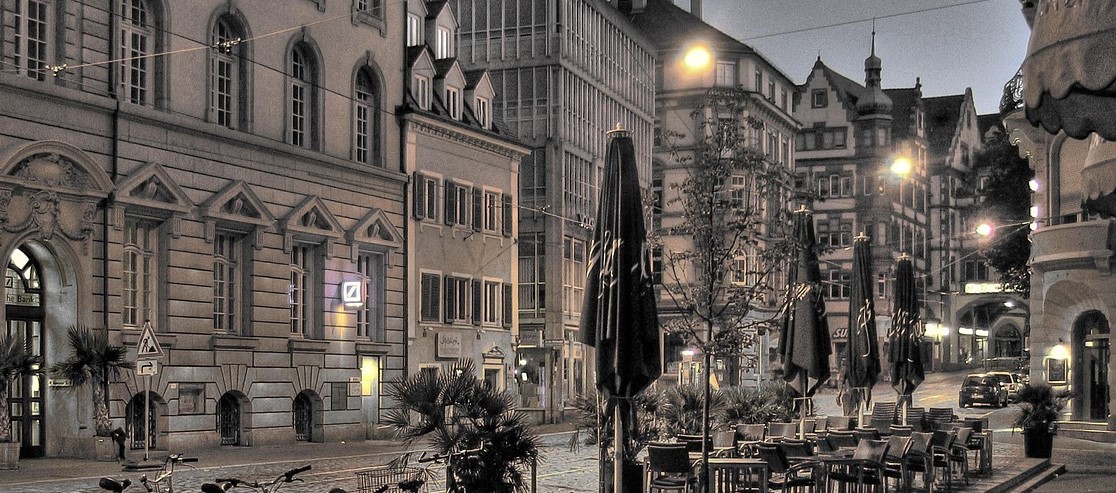Photography is on the rise at the moment, is it one of the most appreciated forms of art. Some take photos to collect memories, some do it for fun, and some try to improve their craft. There are different styles of photography that you can master. But perhaps the most interesting one is macro photography because it focuses on the details and pays attention to the small things. You must have seen professional online photography courses focusing specifically on taking macro photos, but before you try to become an expert, let’s cover some basics. Here is the complete guide on how to make fantastic macro pictures.
Close up, micro or macro. What is the difference?
First, a little bit of theory. When it comes down to photography terms, micro and macro mean virtually the same, making small objects look enormous. The difference lies in technicalities, in the lens name that you use. To take macro pictures, you should go with a micro Nikon lens or a macro Canon lens. They both give you the ability to achieve at least 1:1 magnification. A close up, on the other hand, is also making small objects big, but without the help from a professional macro lens. A close up offers less magnification so that you can see fewer details.
The necessary equipment
Macro photography can be as affordable and straightforward or as complicated and expensive as you want it to be. If you already own a digital camera, you can probably already start doing basic macro photography with no additional equipment. The majority of digital cameras, from point-and-shoot models to DSLRs, have a selectable macro mode as one of their functions. You can try to take advantage of what your camera already has, but you can also have a more professional approach. So let’s talk about the appropriate lenses, as that is the most crucial piece of additional equipment you will ever need for taking macro photos. There are many options currently on the market, so which one to choose?
You can go for extension tubes combined with a standard lens, which will give you some magnification, but not the perfect one yet. You can also reverse a standard lens, which, paired with extension tubes, will provide you with even more magnification. The most convenient and the highest quality option that you have is to get a dedicated macro lens. The most popular and recommended models come in focal lengths between 90-105mm, and they have the magic 1:1 magnification you need. The 1:1 macro lenses are made by most major brands and are available for a price range of 400 to a thousand dollars.
Weather and location issue
When to go out and look for inspiration is the crucial question that you need to know the answer to. It is so important because the most interesting objects to shoot are flowers and insects. Nature is very macro photography friendly. The locations that are most suitable for a macro photographer are places with lots of flowers and plants. Botanical gardens are fabulous places to consider. Macro photography is all about finding beauty around you, so explore your neighbourhood or local parks and look for tiny natural wonders.
When it comes to timing, it seems like the best time to go out shoot insects is when the temperature is at around 17°C or warmer, as they tend to be more active when it is warm outside. Spring and summer are the perfect seasons for your macro photography theme hunt. Some macro photographers like to go out in early summer mornings to catch the insects when they sleep. Mornings make the perfect time for macro photography, as the lighting works in your favour, and you can make dew your advantage as well to add some uniqueness to your photos. And of course, sunny days tend to be better than those gray ones, mostly because of the natural lighting.
Time to focus
The key to great macro photography is to know how to focus your lens to perfection. First, you should forget about autofocus straight away; it might work for a family picture but not for a macro photograph. Most lenses’ autofocus is not fast enough to keep up with the way 1:1 magnification works. So give up autofocus from the very beginning, and learn to focus manually instead.
Also, forget about tripods. Unless you are shooting something static, tripods are impractical to use in macro photography. For shooting nature outside, you will regret spending time setting up the tripod, only to discover that the vibrations of the wind make the photo blurry anyway.
The recommended method of focusing here is to hold the camera with both hands and preferably anchor your elbows against your legs, which will give you even more stability. After assuming the right position, turn your focusing ring to the magnification you want. Then focus, by rocking towards the subject, and try to snap the photo at the same time.
Macro photography is a great adventure for any photographer, an amateur or a professional. With the tips mentioned above, you can excel at making small things the main focus of your pictures. See you out there in the field.





